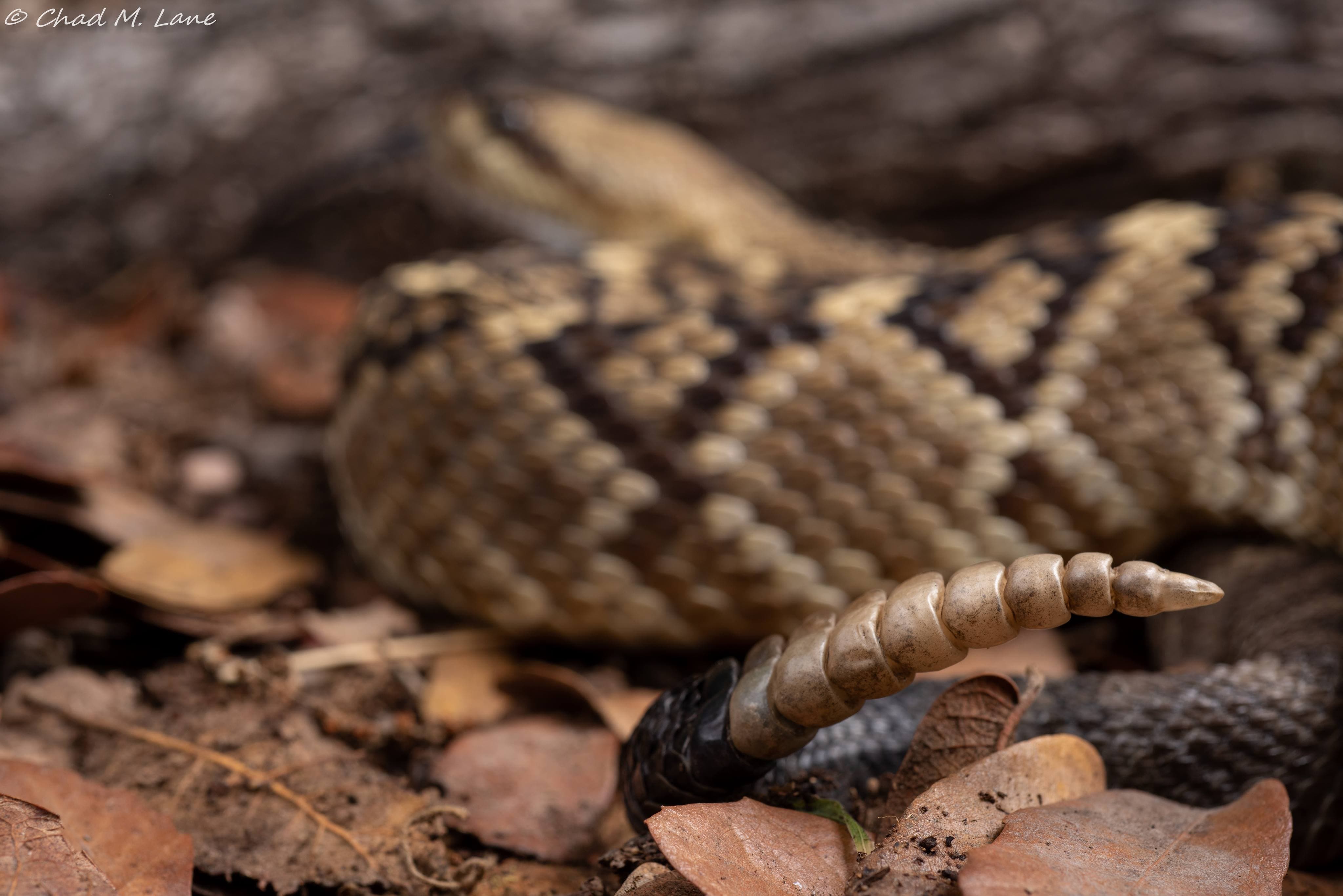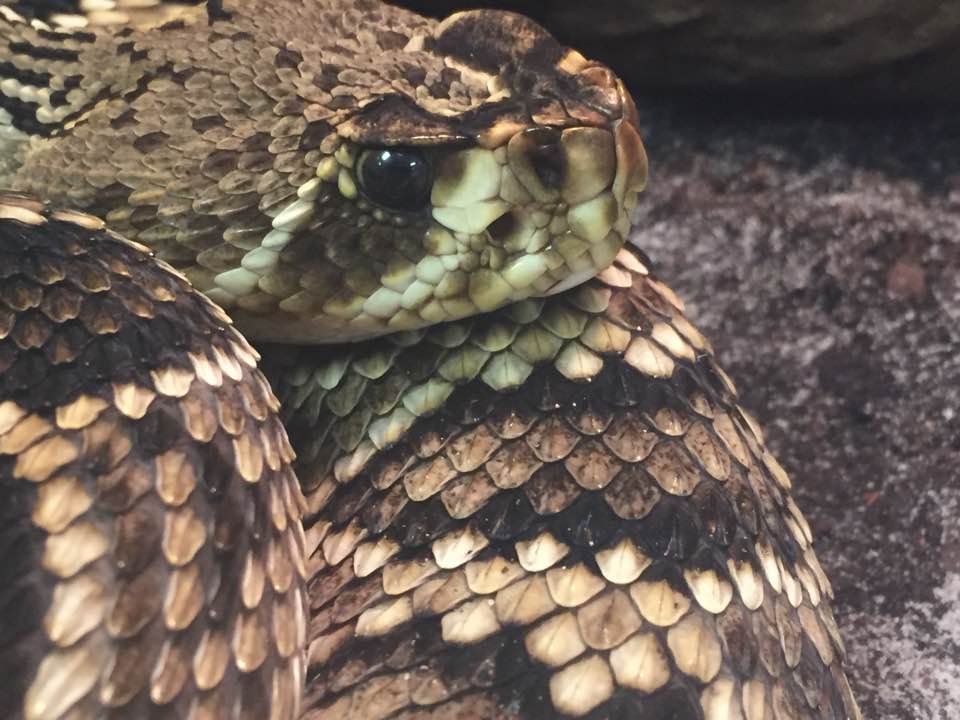While some guidelines may enable the studious observer to consider the totality of an unfamiliar reptile and make an educated guess as to its nature, the simplest and best course of action is to take the time to become familiar with the venomous serpents in your area This is not a particularly challenging task—only ~20% percent of the world’s snake species are venomous (depending on your definition), with many areas having but a small handful.
While it is true that an observer can sometimes distinguish the bulge behind the eyes of snakes with venom glands, most snakes can flatten their heads or flare their necks. They often do this to appear larger or more menacing as a defensive mechanism. What’s more, without a sound basis of comparison, most snakes will appear to have a “triangular” head to the uninitiated. The combination of these facts results in possibly more needless animal deaths because of misidentification than any other “rule.”
PLEASE DO NOT USE OR TEACH THIS “RULE.” Viperids such as rattlesnakes or adders do have elliptical pupils; however, many harmless snakes also possess this feature. Furthermore, many venomous snakes (elapids) have round pupils. As if that wasn’t enough—even elliptical pupils appear round in low light since they expand just like round pupils.
Where rattlesnakes occur, many people assume that any snake making a rattling noise is automatically a rattlesnake. In fact, a great many harmless species will make a rattling sound with their tail against leaves or debris. Again, this is a defensive mechanism—the animal is trying to sound and look as imposing as possible in response to being approached by an unfamiliar animal many times their size. On the other hand, rattlesnakes often make no sound, or may even be missing their iconic rattle as a result of it getting hung and broken off. All things considered, this is another unreliable “rule” for identification.
While it is true that viperids typically have pronounced brow lines that obscure their eyes from above, this trait occurs to varying degrees and is often less apparent than people might wish. Furthermore, some harmless species have brows that protrude somewhat. It may also be unwise to approach the animal close enough to discern this feature. Yet again, elapids do not share this trait, so even when this guideline is correctly applied, it does not assist with the identification of many venomous snakes.
While it is true that pit vipers have sensitive thermoreceptors in pits between their eyes and nostrils, many harmless snakes around the world also have thermoreceptors, and many other venomous snakes do not possess them.
Although the rhyme to differentiate coralsnakes from their mimics usually works in some areas, it is fraught with exceptions. Instead of researching this rhyme, just become confidently familiar with all your local elapids.
While vipers of the genus Agkistrodon (copperheads, cottonmouths) often swim with their body at the water’s surface and their head raised and harmless watersnakes usually swim with their bodies submerged, individuals sometimes swim atypically. Other regions have similar behavioral rules—it should always be remembered that snakes cannot read books and not knowing the rules often results in animals deviating from them.


